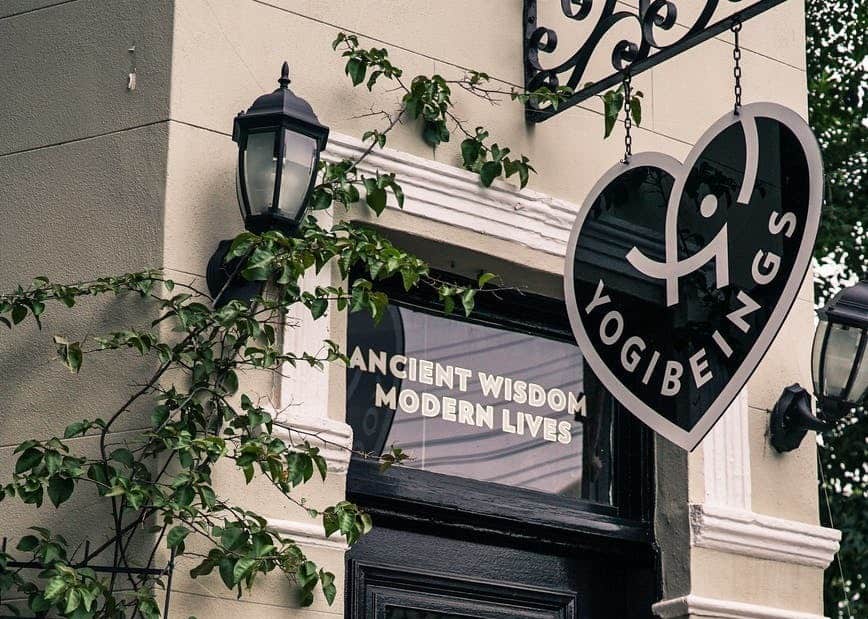Brand guidelines are a visual summary of your brand. It can be an A4 sheet or two depicting your branding foundations setting a clear tone for all communications both written and visual. These are good to have saved down to refer to and use as a resource. Any visuals can be saved in png files to use for advertising, printing, content creation and social media promotion. The list below outlines what you should include to get you started.
Your principle logo – including your business name and logo (if separate) in full colour.
Visual logo – you may decide not to have your name as part of your logo and instead use a purely visual representation for your brand. Example, the tick from Nike.
Mono logo – a black and white version of your logo.
Colour palette – the core colours with pantone references for your brand.
Vertical and horizontal layouts – your logo needs to be versatile. For example, it may have to go at the bottom of a page meaning a horizontal layout would work better. It’s good to have these layouts ready to go so you don’t have to edit in the moment.
Typography – state what fonts you will use. This could include the font of your logo along with one or two fonts that work well visually with your branding.
Tagline – these can be cheesy but if it works for you it’s good to have a short sentence that sums up your business.
Mission statement – the why of your business.
Key words – when thinking of these it’s best to think about how you want the customer to feel about your service and company as a whole. You may also use words from your tone of voice ideas.
Don’ts – if you have any major ‘don’ts’ include them alongside the example of the ‘do’. Any colours, words, or layouts that you would never want are to be included as an annotation.




